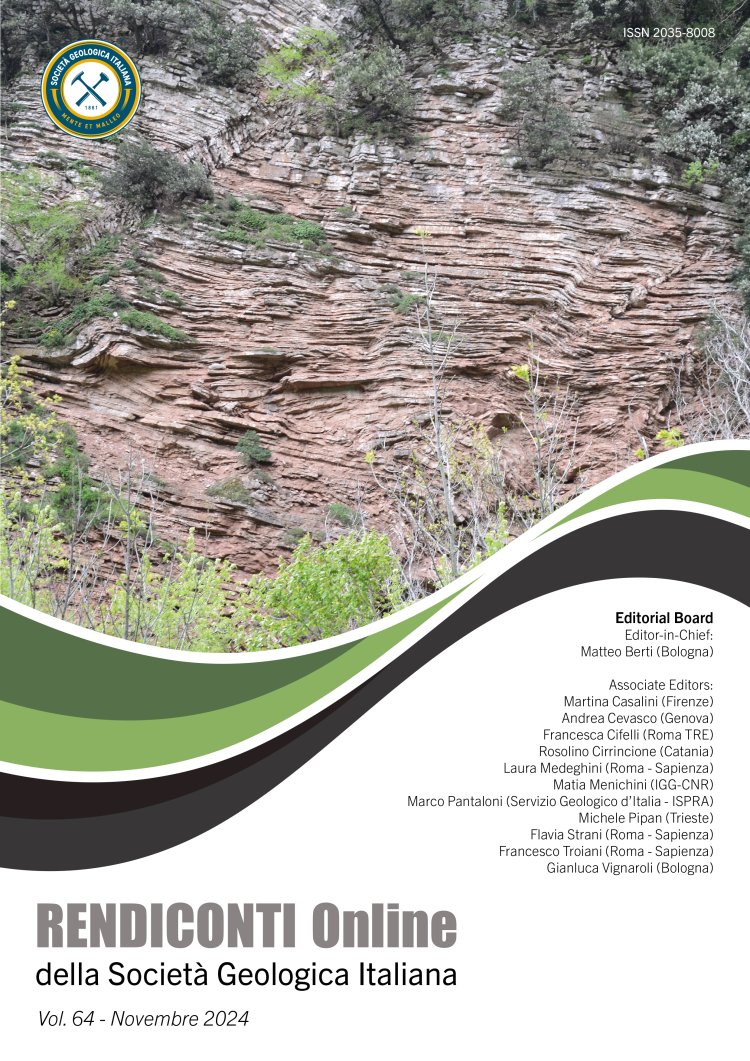
Survey techniques integrating smartphone lidar and UAV photogrammetry: the example of the anthropic underground cavities of Montefiascone (Viterbo, Central Italy)
Sergio Madonna1, Francesco Gentili1, Michele Mattioli2, Andrea Scatolini3, Virgilio Pendola3, Gianluigi Guerriero Monaldi3 & Gabriele Monaldi3
1Università degli Studi della Tuscia - Via San Camillo de Lellis, 01100, Viterbo (VT).
2Università degli Studi di Urbino.
3Gruppo Speleologico UTEC Narni.
Corresponding author e-mail: sermad@unitus.it
Volume: 64/2024
Pages: 26-34
Abstract
Many of Latium’s small towns developed on volcanic units, such as Montefiascone, have a subsoil rich in underground cavities made by humans over millennia for multiple purposes that present a wide range of shapes and sizes. They vary from narrow tunnels, presumably connected to hydraulic works of Etruscan and Roman times, to other works made in medieval and modern times. In the contemporary ages, these cavities have often been connected, enlarged and adapted as cellars, storage rooms, etc. To reduce the risk of sinkhole opening on the surface it is crucial to have a complete knowledge of these underground cavity systems. The problem is carrying out, quickly and cost-effectively, a first census of these cavities or at least those accessible, either without restriction or with the aid of speleological techniques. Lidar Technology uses laser technology to make a 3D survey of these environments.
It has been available for years on professional instruments such as Laser scanners. However, these instruments present encumbrance problems and poor transportability in underground environments, partly outdated with new generation devices (e.g., SLAM laser scanner), but their costs remain high for non-professional uses. Recently, this technology has also been implemented on some models of tablets and smartphones at a relatively low cost. This study aims to demonstrate the limits and the possibilities of using these relatively new and inexpensive tools integrated with traditional topographical surveying techniques (compass and tape) in creating 3D models of some Montefiascone underground cavities.
Keywords
Get Full Text